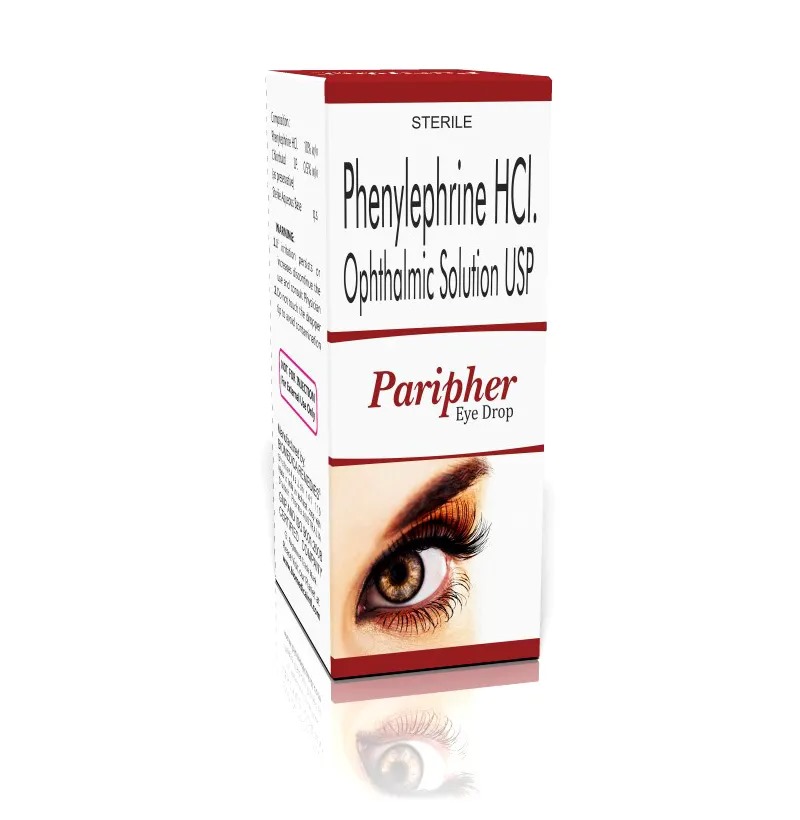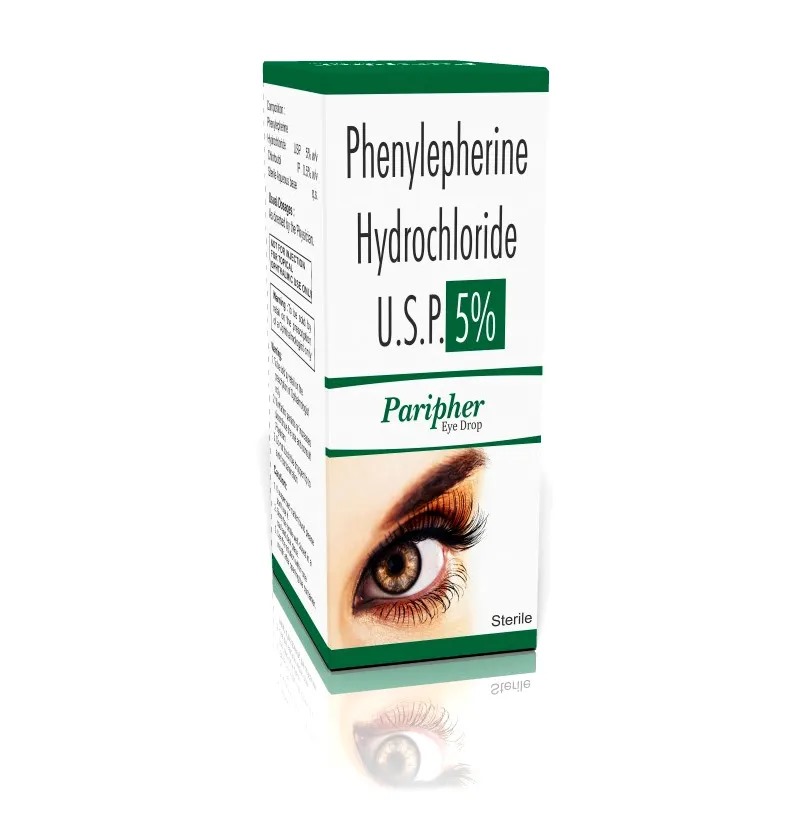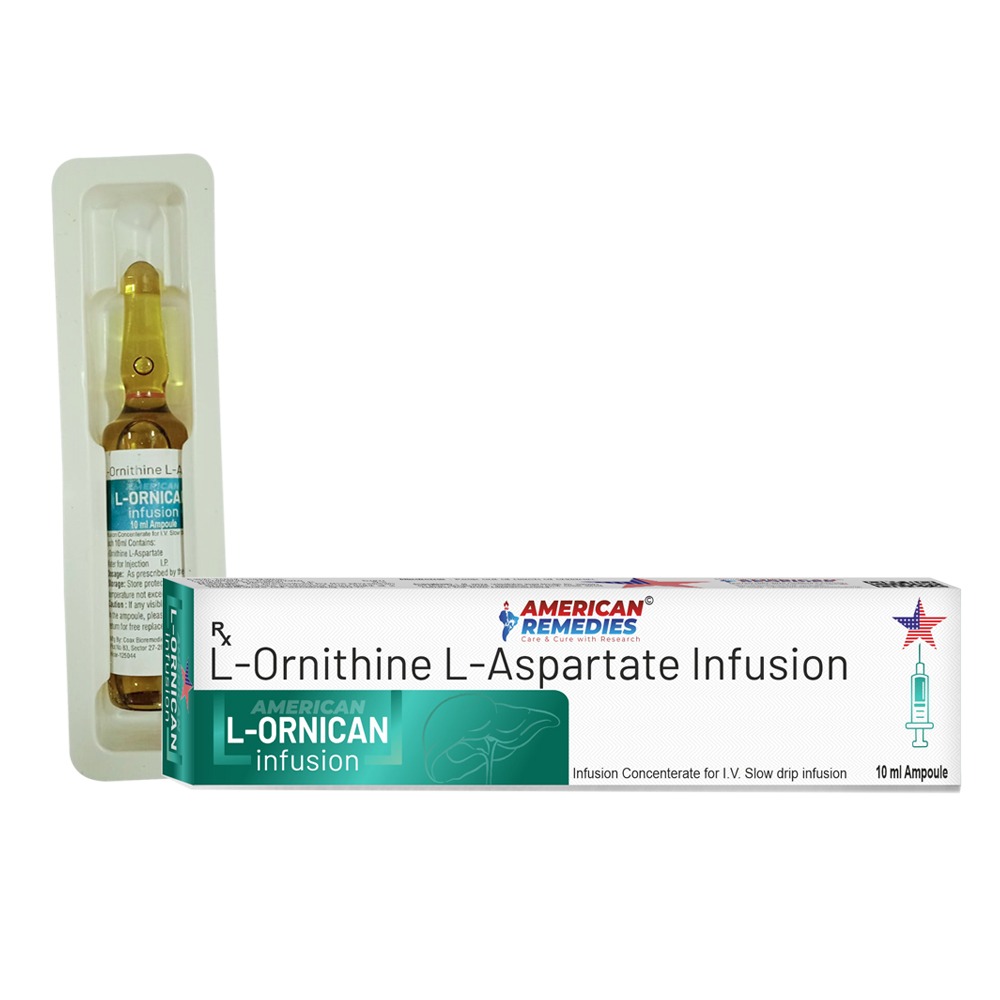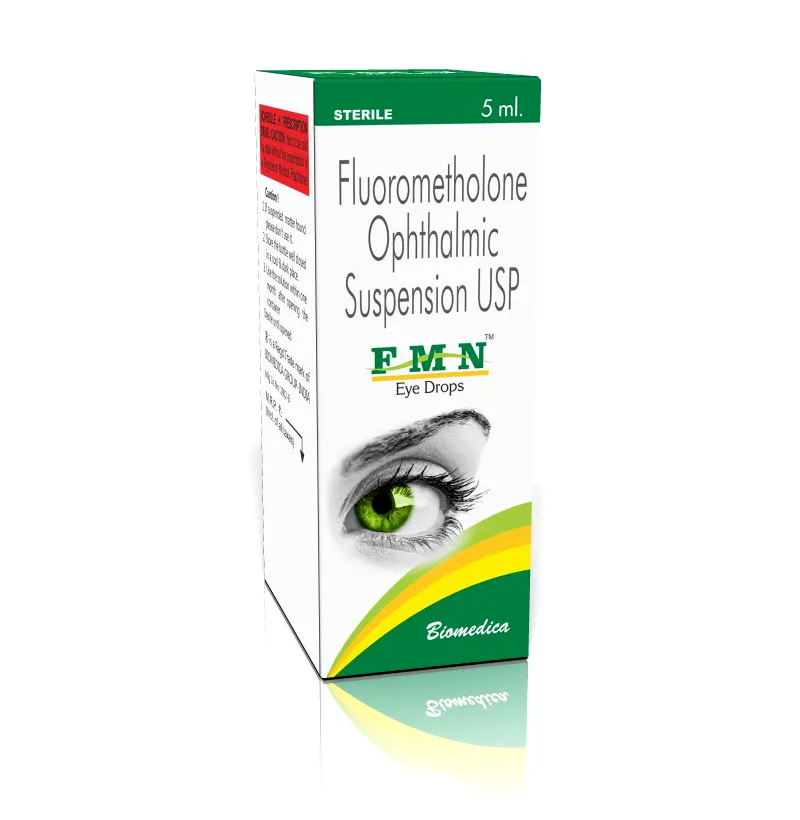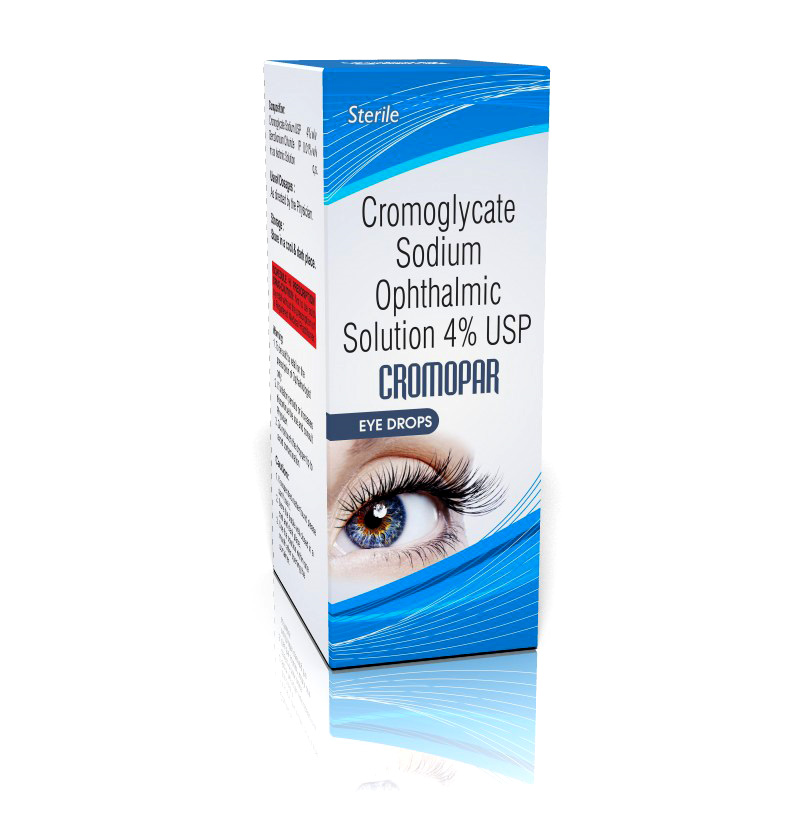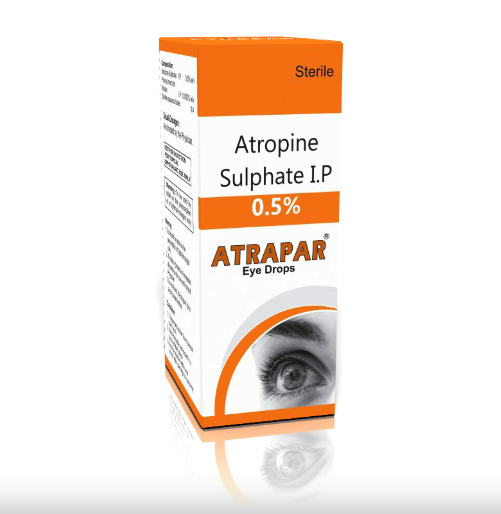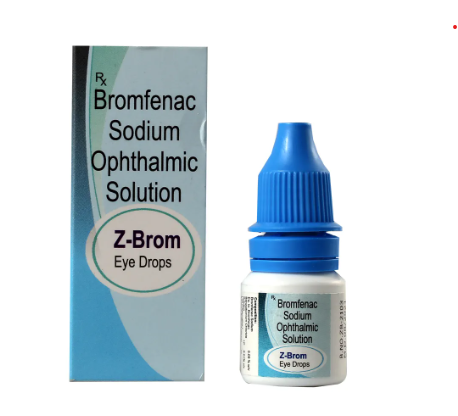Baclan 10mg Tablet Salt: Baclofen (10mg) Description Baclan 10mg Tablet is a muscle relaxer. It is used to treat muscular symptoms such as rigidity, tension, and stiffness that may occur due to various conditions such as cerebral palsy, multiple sclerosis, motor neuron disease, or injury to the head, brain, or spine. Baclan 10mg Tablet is a muscle relaxer. It is used to treat muscular symptoms such as rigidity, tension, and stiffness that may occur due to various conditions such as cerebral palsy, multiple sclerosis, motor neuron disease, or injury to the head, brain, or spine. Baclan 10mg Tablet can be taken with food. In general, you should try to use the smallest amount necessary to control your symptoms, for the shortest possible time. You should take this medicine regularly while you need it. Try not to miss doses as this will make the medicine less effective. Some common side effects of this medicine include fatigue, weakness, drowsiness, and dizziness. If any of these side effects do not go away or get worse, you should let your doctor know. Your doctor may be able to suggest ways of preventing or reducing the symptoms. To make sure it is safe for you, before taking this medicine, let your doctor know if you have any medical conditions or disorders. You should also tell your doctor all the other medicines you are using or taking. Pregnant and breastfeeding women should consult their doctors before using this medicine. Benefits 1. In Muscle relaxation: Baclan 10mg Tablet is a muscle relaxant that is used to relieve rigidity, inflammation, and swelling in conditions that affect skeletal muscles. It works by blocking chemical messengers in the brain that are responsible for such symptoms. It effectively relieves muscle stiffness or spasm, thereby improving muscle movement. Take it as it is prescribed to get the most benefit. Do not take more or for longer than needed as that can be dangerous. In general, you should take the lowest dose that works, for the shortest possible time. This will help you to go about your daily activities more easily and have a better, more active, quality of life. Side Effects Most side effects do not require any medical attention and disappear as your body adjusts to the medicine. Consult your doctor if they persist or if you’re worried about them. Common side effects of Baclan: - Fatigue - Weakness - Drowsiness - Dizziness


